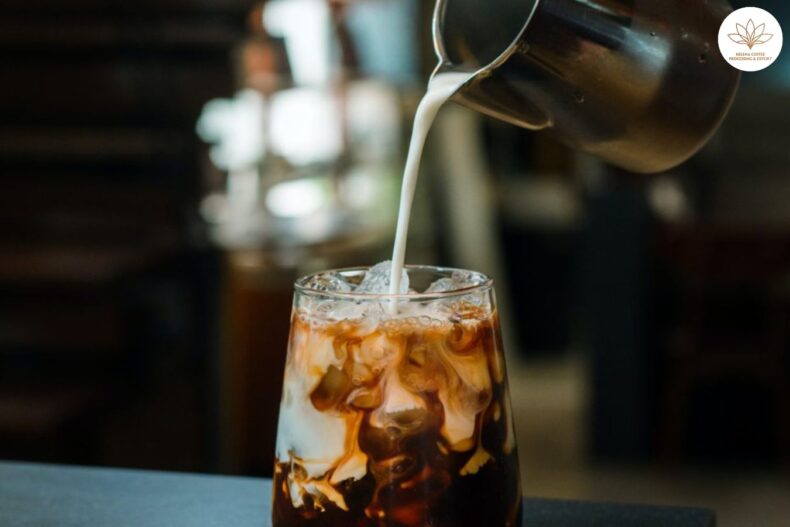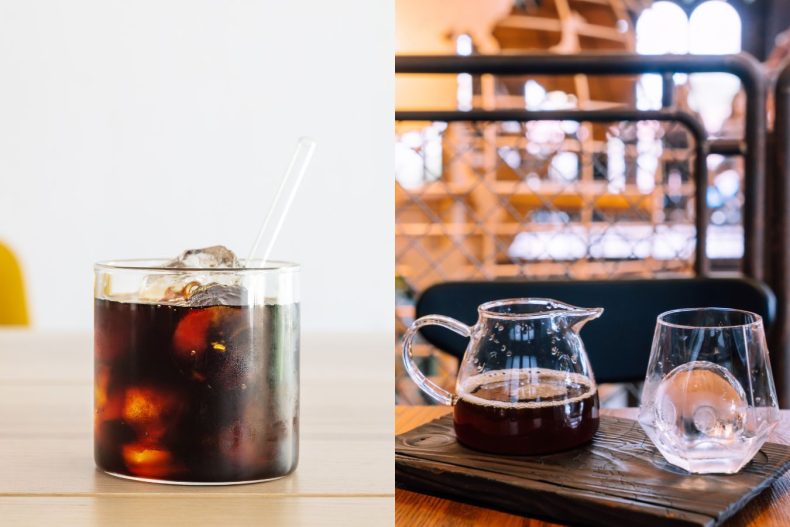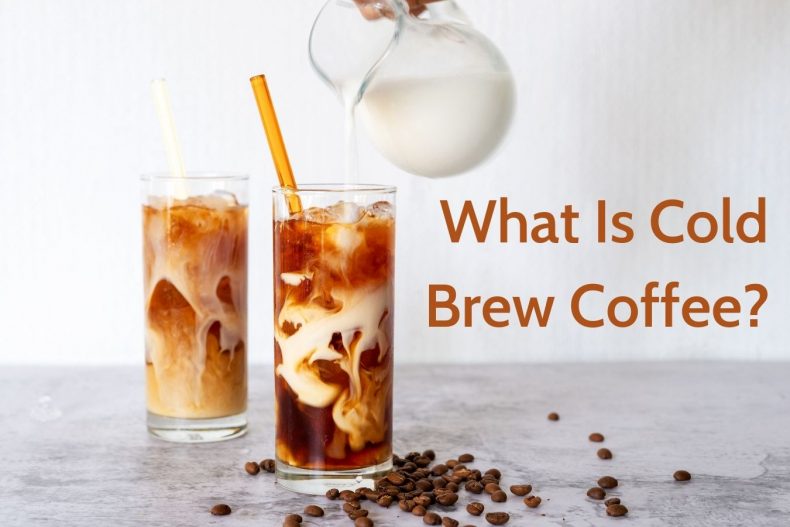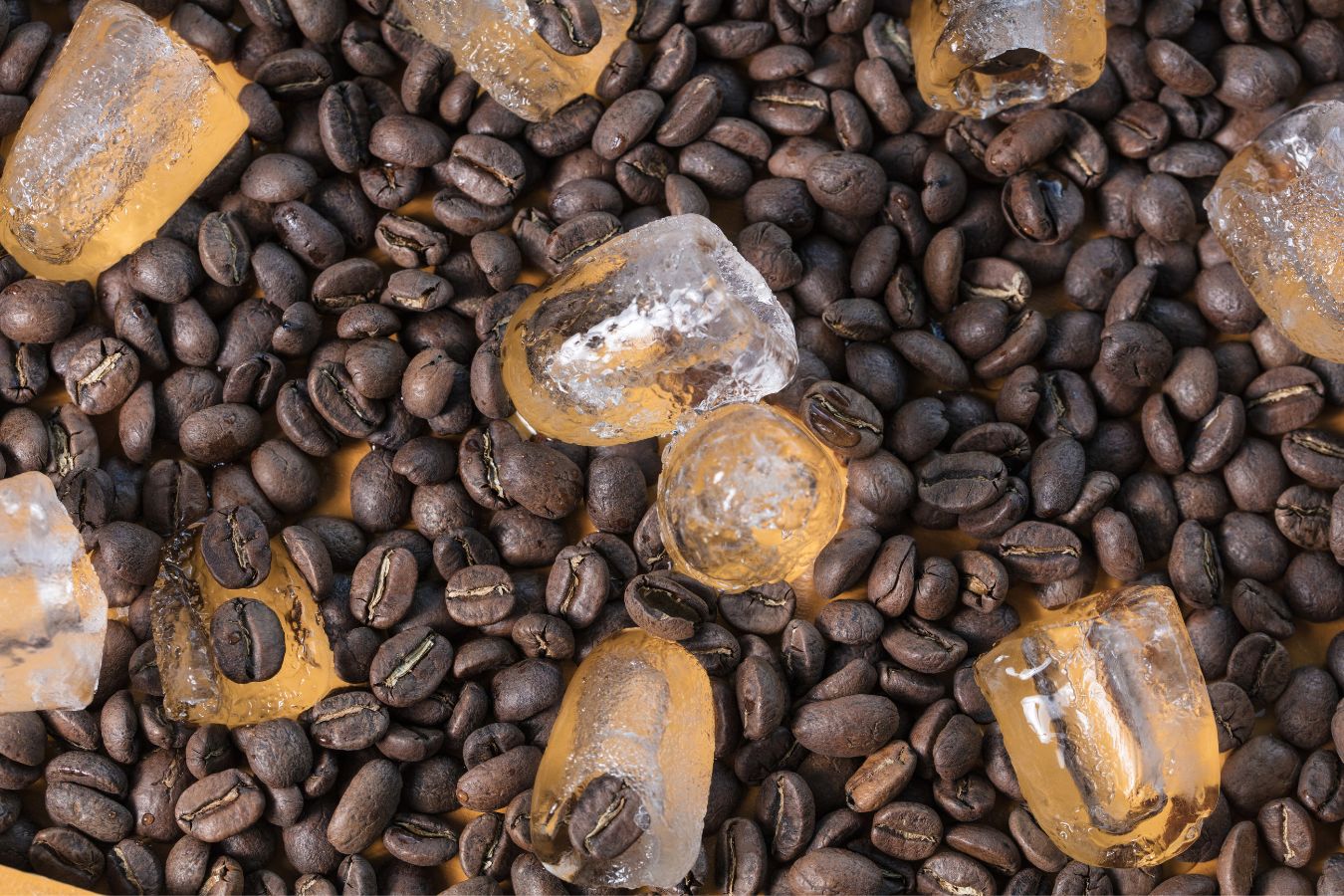
Cold-brew Vs Vietnamese Phin Coffee: While we know that water temperature can alter the extraction of aromatics, caffeine concentration, total solids content, and antioxidants, the hot extraction method has been thoroughly investigated.
Physico-chemical and sensory aspects of several hot extraction procedures have been compared in several research. Despite the growing popularity and interest in cold coffee, very few scientific studies on the physicochemical and organoleptic aspects of the beverage have been published.
So, instead of discussing the genuine benefits of Cold Brew, we talk about it as a new movement. Helena Coffee and you will compare Cold Brew coffee to conventional coffee to see if there is a difference!
Cold coffee and other extraction methods
To extract coffee, various technologies have been devised, the majority of which involve high-temperature (near-boiling) water and a short extraction time (no more than 5 minutes). However, in recent years, various innovative approaches have gained popularity on the market, which cold brew is also known as cold brewing.
Still, the extraction method is done at room temperature (20 to 25°C or more challenging) for a longer time than the traditional hot extraction method, for a longer time than the conventional hot extraction method, for a longer time than the conventional hot extraction method, for a longer time than the traditional hot extraction method, for a longer time than the traditional hot extraction method, for (typically 8 to 24 hours).
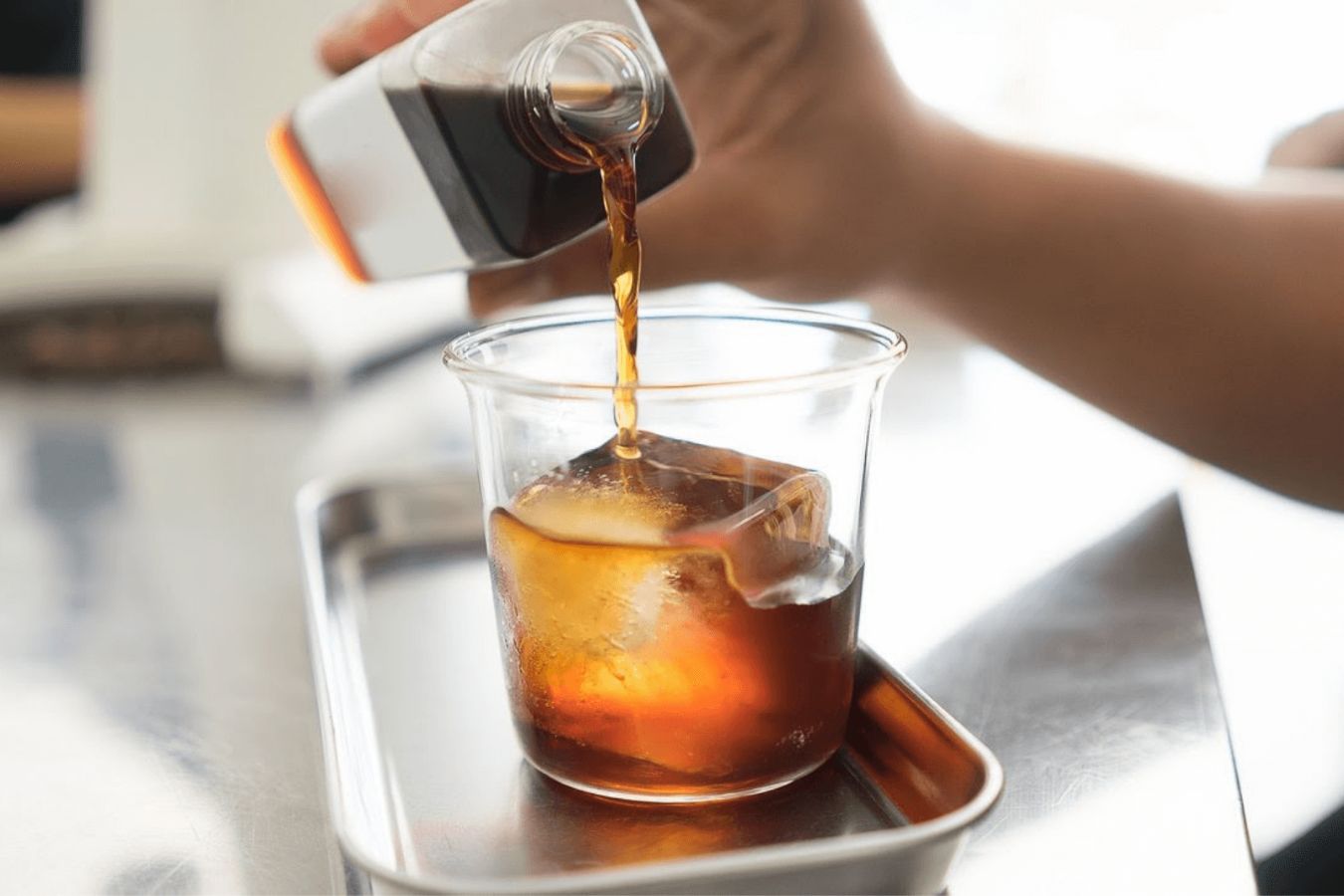
Low temperatures and long exposure times result in a coffee-based beverage with various organoleptic and physicochemical characteristics. These variables impact the rate of extraction and how the flavor components in the coffee interact with the water.
Because the chemical elements in coffee have diverse chemical properties (such as polarity and solubility), their dissolution kinetics differ. In general, higher temperatures enhance solubility and impact flavoring component saturation vapor pressure.
Physical and chemical properties of cold coffee extract
According to coffee makers and connoisseurs, cold-brew and hot coffee from the same coffee have different flavor profiles. The physicochemical features of cold coffee account for this variation. The physicochemical properties of cold-extracted coffee are most affected by the size of the beans after grinding, followed by the extraction time.
The extraction yield (EY) and total dissolved solids (TDS) in cold brew were increased by coarse grinding and long extraction durations. At the same time, the entire phenolic content (TPC) of cold coffee is affected by both of the above criteria – fineness and extraction time.

The powerful polyphenols in coffee are chlorogenic acid and related compounds, which account for 7-9 percent of the dry mass (depending on the type of coffee). Coffee polyphenols are highly bioavailable and have solid antioxidant capabilities, making them suitable for human health.
Particle size, time, and temperature
The grinds are placed in a filter bag for cold coffee, then placed in a water tank for a prolonged extraction time. This “packing” effect during the extraction process may have lowered the diffusivity, lowering the soluble solids (TDS) content and lowering the coffee extraction rate (EY).
The primary criteria impacting the permeability and diffusion of solids during cold coffee extraction, according to recent studies, are particle size, particle homogeneity, and filter shape.
On the other hand, even when utilizing the coarse grind method, the extended Extraction Time used in cold extraction tended to raise the values of TDS, EY, and TPC. Water temperature can be considered the driving force behind the extraction of chemical components present in coffee powder during the preparation process.
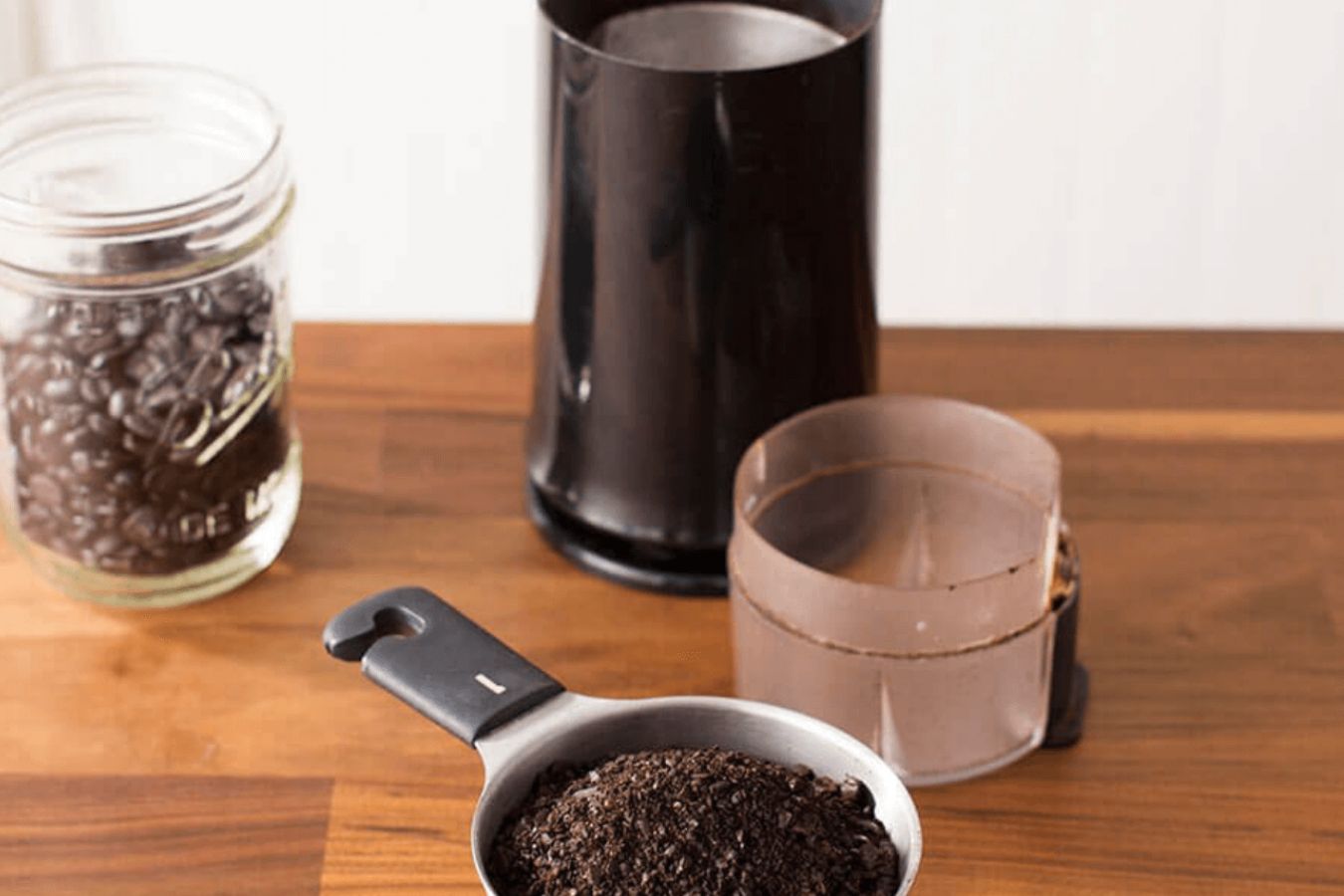
The temperature is lower during cold brewing (lower than room temperature). As a result, some chemicals require more time to extract and diffuse to compensate for the low temperature. This could explain why EY and TDS are still present in a cold brew with a more extended extraction period.
Flavor profile of cold/hot coffee
The testing results demonstrate substantial differences in taste, aroma, aftertaste, acidity, and intensity of hot extracts compared to all cold extraction techniques in terms of flavor attributes.
On the other hand, cold-extracted coffee had a flavor profile similar to that of hot-extracted coffee. As a result, the reviewers discovered that, while some flavor qualities in the cold brew are “poorer” than in hot beverages, the flavor of cold medicine may be acceptable in general.
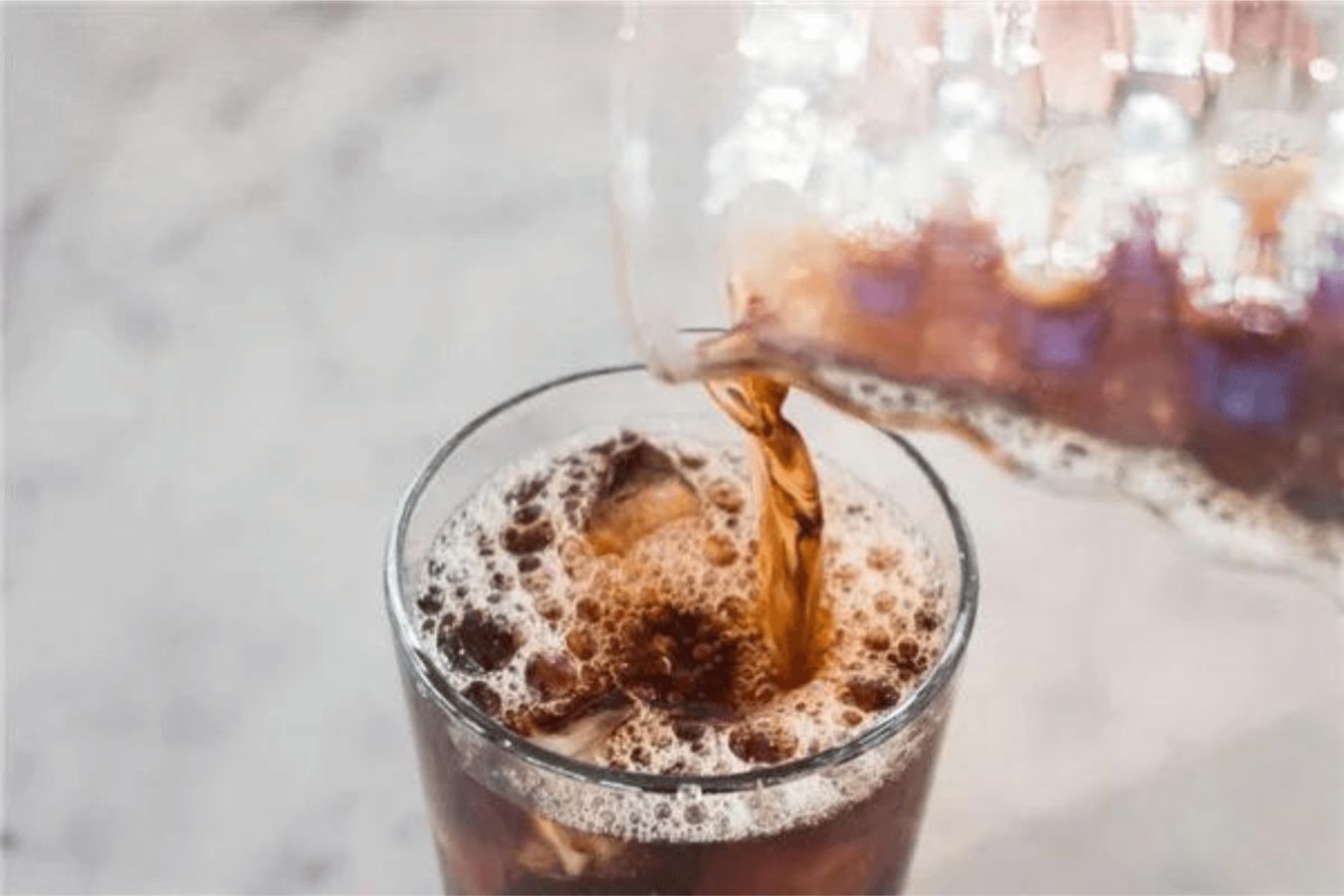
It’s okay for coffee drinks. More specifically, some of the flavor characteristics of cold brew can be summarized as follows:
- The flavor profile of cold coffees is characterized by a malt flavor, which is distinct from the flavor profile of hot coffee extracts. Other flavor qualities such as almonds, flowers, red fruit, and bitterness are also given high marks in cold coffee.
- By flavor profile, cold coffee brewed for 18 hours was the most agreeable to customers throughout the study range. The aftertaste qualities of coffee brewed for 14 hours were all lower than those of samples produced using the hot brew method.
- Cold coffee, in general, can have a more vigorous intensity of sugar caramel, sweetness, and bitterness while yet maintaining balance and a smooth body.
So, is cold brew better?
Many elements influence each preparation process, and the way we assess quality is based on various criteria. A general comparison of cold brew to regular coffee would be ridiculous.
In conclusion, particle size and extraction time can significantly impact some physicochemical parameters such as extraction rate, total dissolved solids, total phenol content, pH, and acidity. As a result, the particle size distribution and extraction process must be considered in their intricate relationship with diffusion.
Longer contact time (22 hours vs. 14 hours) enhanced extraction rate, soluble solids content, total phenol concentration, and acidity in cold coffee. Burdensome brewing procedures have less pronounced acidity and flavor characteristics than hot brewing methods.
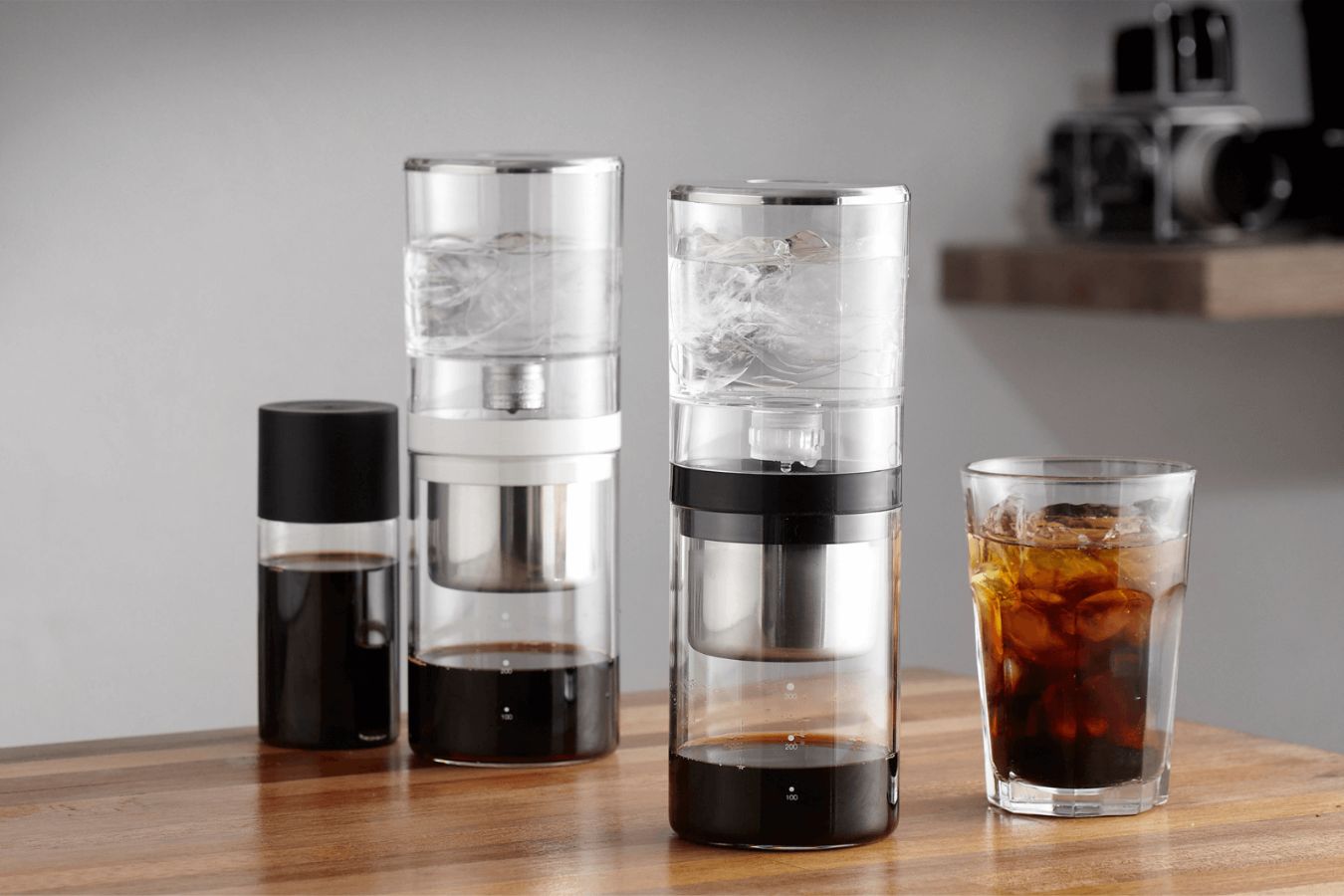
Both scientific and artistic versions of coffee exist. A coffee bean’s molecular science and the barista’s craftsmanship are inextricably linked.
As a result, while some people who prefer hot coffee may switch to cold brew owing to brewing technique, others may discover the actual taste of a Specialty Coffee that is meticulously extracted with hot water after trying cold brew. After all, coffee has its way of persuading a “follower,” which we call “gu.”
